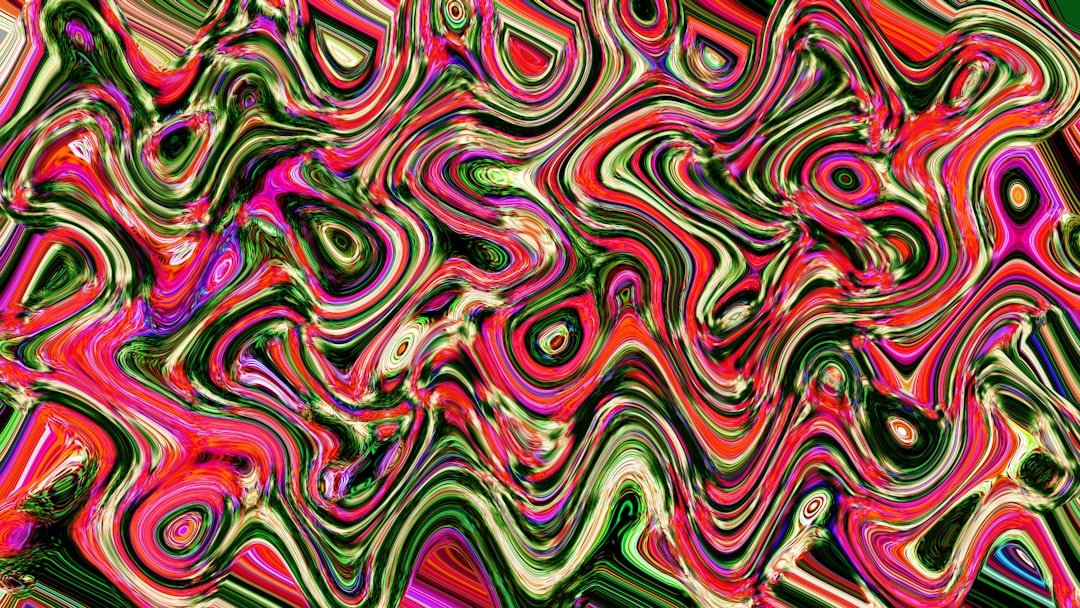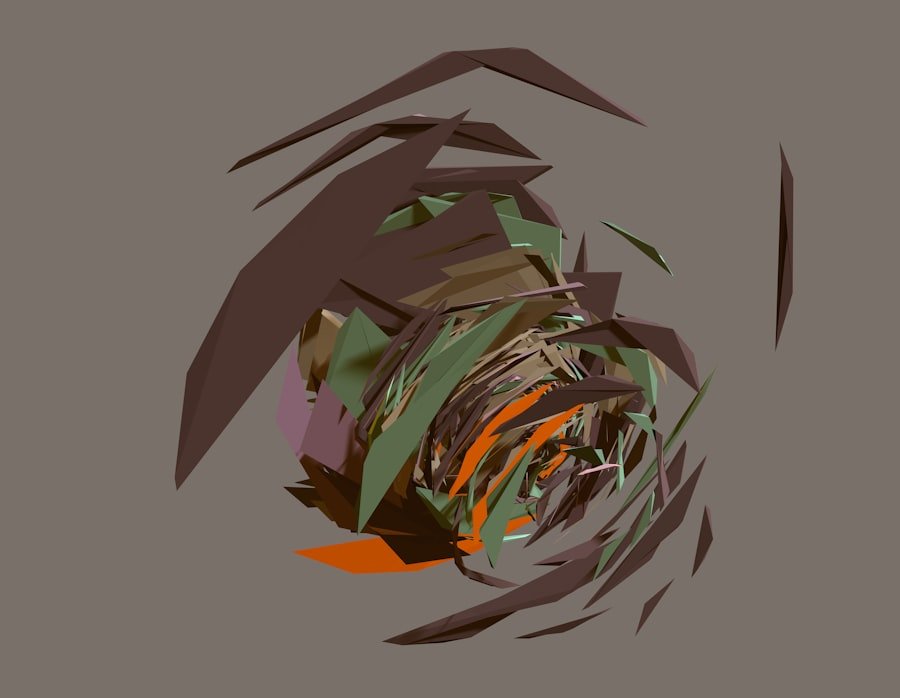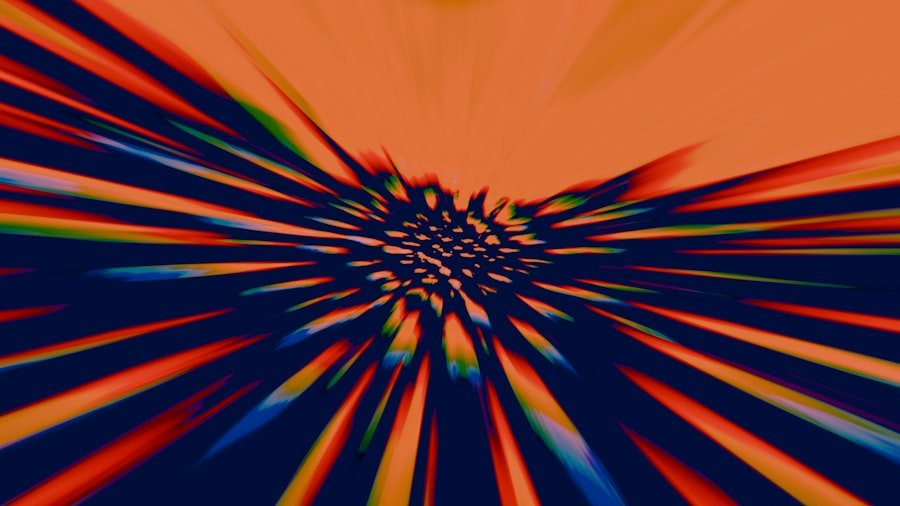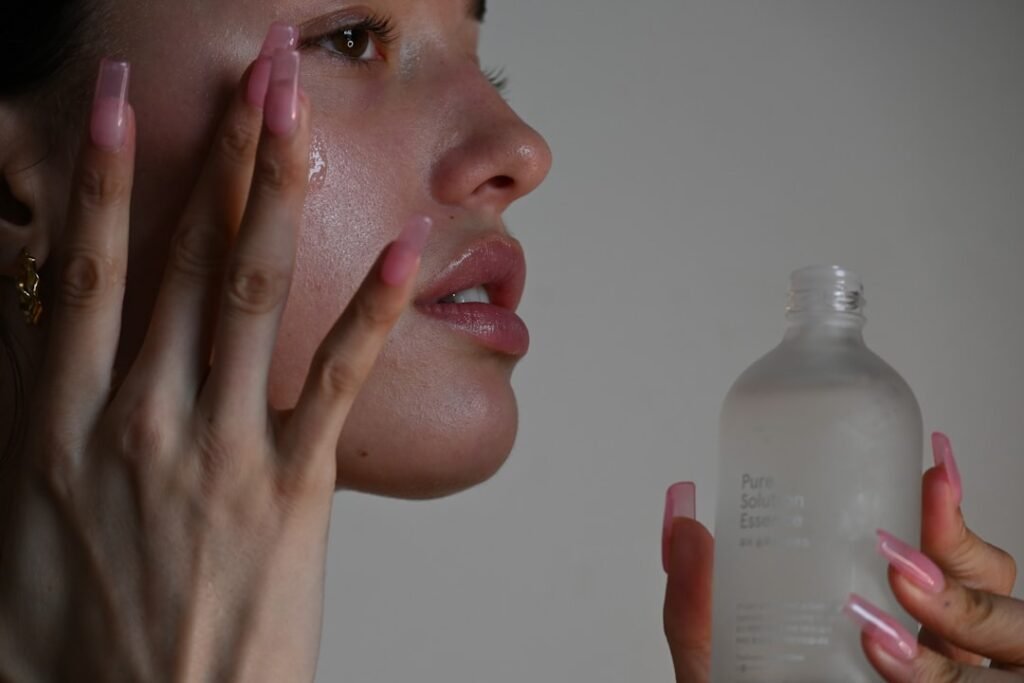Now Reading: Can a game be too beautiful? A look at aesthetic overload
-
01
Can a game be too beautiful? A look at aesthetic overload
Can a game be too beautiful? A look at aesthetic overload

As a passionate gamer, I often find myself captivated by the breathtaking graphics and visuals that modern video games offer. The evolution of technology has allowed developers to create immersive worlds that are not only visually stunning but also rich in detail. From the lush landscapes of open-world adventures to the intricately designed characters that populate these realms, the allure of stunning graphics is undeniable.
I remember the first time I stepped into a beautifully rendered environment, where every blade of grass seemed to sway in the wind, and the sunlight filtered through the trees in a way that felt almost magical. It was an experience that transcended mere gameplay; it was art in motion. The visual appeal of a game can often be the deciding factor for many players, including myself, when choosing which title to invest my time in.
The graphics serve as a gateway into the game’s universe, drawing me in and making me eager to explore every nook and cranny. I find myself marveling at the attention to detail, from the realistic textures on character models to the dynamic weather systems that change the atmosphere of the game. This level of artistry not only enhances my enjoyment but also deepens my emotional connection to the story and characters.
In a world where competition among games is fierce, stunning visuals can be a powerful tool for developers to capture the hearts and minds of players like me.
Key Takeaways
- Stunning graphics and visuals in modern video games can be incredibly alluring, drawing players in with their beauty and realism.
- However, overwhelming beauty in gaming can have potential downsides, such as distracting players from the gameplay and immersion.
- Aesthetic overload can detract from gameplay and immersion, as players may become more focused on the visuals than the actual game.
- Excessive visual stimuli can impact player focus and attention, leading to decreased performance and enjoyment.
- Balancing beauty and functionality in game design is crucial for creating an immersive and enjoyable gaming experience.
The potential downsides of overwhelming beauty in gaming
However, as much as I appreciate stunning graphics, I have also encountered instances where overwhelming beauty can become a double-edged sword. There are times when the sheer visual splendor of a game can overshadow its core mechanics and narrative. I’ve played titles where I found myself so entranced by the graphics that I lost sight of the gameplay itself.
The intricate details and vibrant colors can create a sensory overload, making it difficult for me to focus on what truly matters: the story and the challenges presented within the game. Moreover, there’s a risk that developers may prioritize aesthetics over substance, leading to a disconnect between visual appeal and gameplay experience. I’ve noticed that some games, while visually stunning, may lack depth in their mechanics or storytelling.
This imbalance can leave me feeling unsatisfied, as I yearn for a more holistic experience that combines both beauty and engaging gameplay. It’s essential for developers to recognize that while stunning visuals can attract players, they should not be the sole focus at the expense of other critical elements that contribute to a fulfilling gaming experience.
How aesthetic overload can detract from gameplay and immersion

Aesthetic overload is a phenomenon I’ve experienced firsthand, where an abundance of visual stimuli can detract from my overall gameplay experience. In some cases, I’ve found myself overwhelmed by flashy effects, intricate animations, and vibrant colors that compete for my attention. Instead of immersing myself in the game world, I often feel like I’m bombarded with too much information at once.
This sensory overload can disrupt my ability to engage with the narrative or strategize effectively during gameplay. When a game prioritizes aesthetics to the point of distraction, it can lead to a disjointed experience. I recall playing a title where the stunning visuals were accompanied by constant visual effects that made it challenging to focus on objectives or navigate through environments.
Instead of feeling immersed in a beautifully crafted world, I felt like I was struggling to keep up with an overwhelming barrage of sights and sounds. This disconnect can ultimately diminish my enjoyment and lead to frustration, highlighting the importance of finding a balance between visual appeal and gameplay clarity.
The impact of excessive visual stimuli on player focus and attention
Excessive visual stimuli can significantly impact my focus and attention while gaming. As someone who values immersive storytelling and engaging gameplay, I’ve noticed that when a game bombards me with too many visual elements, it becomes increasingly difficult to concentrate on what’s happening within the narrative. My mind becomes cluttered with distractions, making it challenging to absorb important plot points or strategize during critical moments.
In some instances, I’ve found myself zoning out or losing interest altogether due to an overload of visual information. The vibrant colors and intricate designs that initially drew me in can quickly become overwhelming, leading to fatigue rather than excitement. This phenomenon underscores the need for developers to consider how visual elements interact with gameplay mechanics and narrative pacing.
By striking a balance between aesthetic appeal and player focus, developers can create experiences that captivate without overwhelming.
Balancing beauty and functionality in game design
Finding the right balance between beauty and functionality in game design is crucial for creating an engaging experience. As a player, I appreciate when developers take the time to ensure that stunning visuals do not come at the expense of gameplay mechanics or narrative coherence. A well-designed game should seamlessly integrate its aesthetic elements with its core functions, allowing me to appreciate both without feeling overwhelmed.
In my experience, games that prioritize functionality alongside beauty tend to resonate more deeply with players like me. When developers focus on creating intuitive controls, clear objectives, and engaging narratives while still delivering visually appealing graphics, it results in a more satisfying experience overall. I’ve played titles where the art direction complements the gameplay mechanics perfectly, enhancing my immersion without distracting from my objectives.
This harmonious relationship between beauty and functionality is what I believe sets apart truly exceptional games from those that merely rely on flashy visuals.
The role of art direction in creating a visually appealing game without overwhelming the player

Art direction plays a pivotal role in shaping how visuals are presented in a game without overwhelming players like me. A thoughtful approach to art direction can enhance the overall aesthetic while ensuring that gameplay remains accessible and engaging. I’ve encountered games where the art style is distinct yet cohesive, allowing me to appreciate the visuals without feeling bombarded by excessive detail or complexity.
For instance, games that utilize a minimalist art style often succeed in creating visually striking experiences without overwhelming players. By focusing on essential elements and employing a limited color palette or simplified designs, developers can create an atmosphere that is both beautiful and easy to navigate. This approach allows me to immerse myself in the game world while maintaining clarity regarding objectives and gameplay mechanics.
Ultimately, effective art direction can elevate a game’s visuals while ensuring that players remain engaged rather than distracted.
The psychological effects of overwhelming beauty in video games
The psychological effects of overwhelming beauty in video games are complex and multifaceted. As someone who enjoys exploring virtual worlds, I’ve noticed how stunning visuals can evoke strong emotional responses. However, when those visuals become overwhelming, they can lead to feelings of anxiety or frustration rather than joy or wonder.
The cognitive load imposed by excessive visual stimuli can create a sense of disorientation, making it challenging for me to fully engage with the game. Moreover, there’s a phenomenon known as “visual fatigue,” where prolonged exposure to overly stimulating visuals can lead to decreased enjoyment and engagement. I’ve experienced this firsthand when playing games with relentless visual effects or intricate designs that demand constant attention.
Instead of feeling immersed in an exciting adventure, I find myself mentally drained and less inclined to continue playing. Understanding these psychological effects is essential for developers seeking to create experiences that resonate positively with players while avoiding overwhelming them.
Strategies for managing aesthetic overload in game development
To manage aesthetic overload effectively, developers can implement several strategies during the game development process. One approach is to prioritize clarity in visual design by establishing clear hierarchies within the game’s aesthetics. By ensuring that important elements stand out while minimizing distractions from less critical visuals, developers can guide players’ attention more effectively.
This strategy allows me to focus on key objectives without feeling overwhelmed by unnecessary details. Another effective strategy is incorporating player feedback throughout development. By conducting playtests and gathering input from players like me regarding visual design choices, developers can gain valuable insights into what works and what doesn’t.
This iterative process allows for adjustments based on real player experiences, ensuring that aesthetic choices enhance rather than detract from gameplay. Ultimately, fostering open communication between developers and players is crucial for creating visually appealing games that maintain clarity and engagement.
The importance of player feedback in addressing aesthetic overload
Player feedback is invaluable when it comes to addressing aesthetic overload in video games. As someone who has participated in playtesting sessions, I understand how crucial it is for developers to listen to their audience’s experiences and concerns regarding visual design choices. Feedback from players like me can provide insights into how certain aesthetics impact gameplay immersion and overall enjoyment.
When developers actively seek out player feedback on visual elements—such as color schemes, effects intensity, or character designs—they gain a deeper understanding of what resonates positively with their audience. This collaborative approach allows for adjustments based on real-world experiences rather than assumptions made during development. By prioritizing player feedback, developers can create visually appealing games that strike a balance between beauty and functionality while ensuring an enjoyable experience for all players.
Exploring the concept of “less is more” in game aesthetics
The concept of “less is more” resonates deeply with me when it comes to game aesthetics. In an industry often driven by technological advancements and visual complexity, there’s something refreshing about simplicity in design. Games that embrace minimalism often succeed in creating memorable experiences without overwhelming players with excessive detail or distractions.
I’ve played titles where stripped-down aesthetics allowed for greater focus on gameplay mechanics and storytelling elements. By reducing visual clutter and emphasizing essential components, these games create an atmosphere that feels intentional rather than chaotic. This approach not only enhances immersion but also allows me to engage more deeply with the narrative and characters without being sidetracked by unnecessary visual noise.
The future of game design and the quest for the perfect balance between beauty and functionality
As I look toward the future of game design, I am excited about the potential for innovation in balancing beauty and functionality. With advancements in technology continuing to evolve rapidly, developers have unprecedented opportunities to create visually stunning experiences while maintaining clarity and engagement for players like me. The quest for this perfect balance will likely shape the next generation of gaming.
I envision a future where developers prioritize thoughtful design choices that enhance both aesthetics and gameplay mechanics seamlessly. By embracing player feedback and exploring concepts like minimalism or intentional art direction, they can create experiences that resonate deeply with audiences while avoiding overwhelming them with excessive visual stimuli. Ultimately, this pursuit will lead to richer gaming experiences that captivate players’ hearts and minds without sacrificing clarity or engagement—a goal worth striving for in this ever-evolving industry.
In a recent article discussing the potential downsides of overwhelming beauty in video games, the author raises the question of whether a game can be too visually stunning. This topic is further explored in a related article titled “Xbox Series X: The Ultimate Console – Reviews Say Yes”, which delves into the impressive graphics and capabilities of the latest gaming console. The juxtaposition of these two articles highlights the importance of finding a balance between aesthetic appeal and gameplay experience in the world of gaming.



























